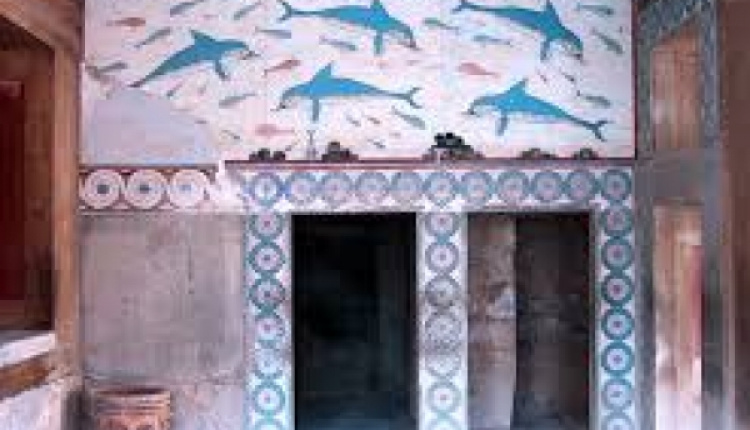New Evidence Reveals Knossos Three Times Bigger Than Previously Believed
- by XpatAthens
- Monday, 22 February 2016

Archaeologists working on the Greek island of Crete have uncovered artifacts and structures that suggest the ancient city of Knossos - Europe's oldest city - was three times bigger and richer than previously thought.
Knossos is believed to be Europe’s oldest city, according to archeologists. It was an epicenter of Aegean and Mediterranean trade and culture, but historians thought that after a solid 600-year run of prominence during the Greek Bronze Age, the city suffered a major decline in the wake of a socio-political collapse around 1200 BC, when Thera’s volcano erupted.
The latest excavations suggest a more positive trajectory, however, extending Knossos economic and political successes well into the Iron Age.
Most of the new artifacts — bronze and other metals, jewelry, pottery and all sorts of status symbols — were recovered from burial sites. The archaeological haul reveals a city that was rich with trade well after the collapse of the Aegean palaces.
“No other site in the Aegean period has such a range of imports,” lead excavator Antonis Kotsonas, an assistant professor of classics at the University of Cincinnati, said in a press release.
The newly unearthed cemeteries also show Knossos was much larger than previously thought.
To read more, please visit: Pappas Post



